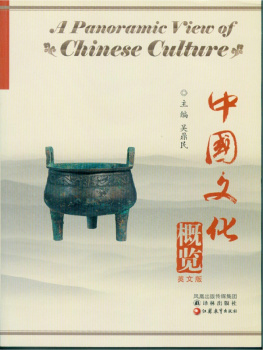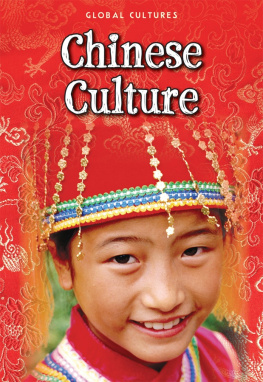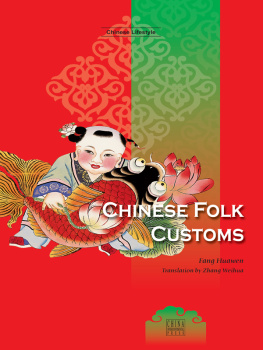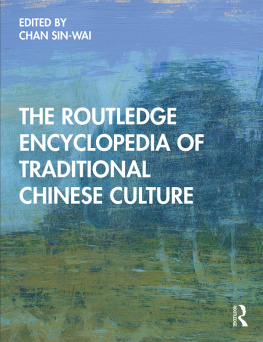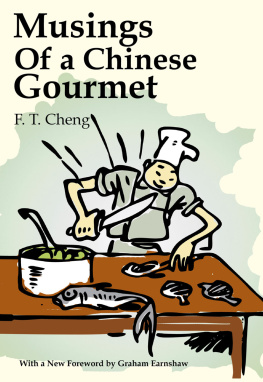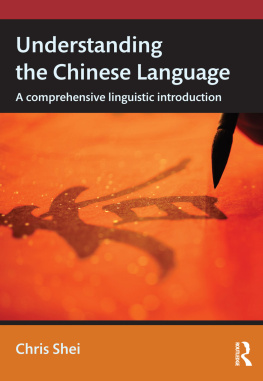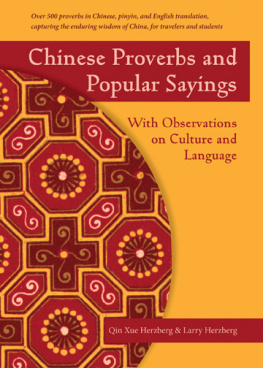Contents
Unit 1 The Origin of Chinese Culture
1.1 Chinese CulturePast and Present
Along with ancient Egypt, Babylon, and India, China is one of the four great ancient civilizations of the world. Home to one of the world's oldest and most complex civilizations, China boasts a history rich in over 5,000 years of artistic, philosophical, political, and scientific advancement. Though regional differences provide a sense of diversity, commonalities in language and religion connect a culture distinguished by such significant contributions as Confucianism and Taoism, the former being the official philosophy taught and practiced throughout most of Imperial China's history and which has had a strong influence upon other countries in East Asia as well.
In approximately the 21st century BC, a primitive agricultural society first appeared in the areas around China's Yellow and Yangtze rivers, where animal husbandry joined hunting and fishing as a means of human sustenance. Approximately two millennia later, the Xia Dynasty (21st17th century BC) emerged as China's first dynastic government. This was followed by the Shang Dynasty (17th11th century BC) and the Western Zhou Dynasty (11th century771 BC), which further refined the national system of governance.

China's Spring and Autumn and Warring States periods saw a great upsurge in science and technology, as well as in ideology and culture. Much as ancient Greece gave rise to Socrates, Plato, and Aristotle, China produced, during this time, a number of great scholars who possessed abundant ideas and extensive knowledge, including Kongzi (Confucius), Laozi, Mozi, Xunzi, and Mengzi (Mencius). The atmosphere of free debate that had existed among the different schools of philosophy founded by these Chinese thinkers was aptly characterized by the saying, Let a hundred flowers blossom and a hundred schools of thought contend.
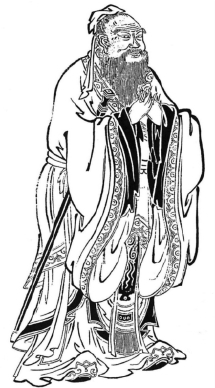
Like their contemporaries in ancient Greece, the Chinese philosophers established schools and accepted pupils, discoursed and debated eloquently, pondered military and governmental affairs, and served as strategists and advisors to their country's leaders. They left future generations a valuable legacy in philosophy, politics, education, and the military, and had a profound influence on the culture of China and the entire world. One of these illustrious figures, for example, is the military strategist Sun Wu (Sunzi). His renowned work, the Art of War is still used extensively in the areas of military and economic affairs.
Traditional Chinese culture is recorded not only in history books and documents, but also in archeological records, such as ancient city walls, palaces, temples, pagodas, and grottos; artifacts, such as bronze; objects, weapons, bronze mirrors, coins, clocks, jade and pottery objects, and curios; and folk culture, including song and dance, embroidery, cuisine, clothing, tea ceremonies, drinking games, lanterns, riddles, martial arts, chess, and kites. Chinese civilization has its source far in the distant past, and its depth and breadth is being revealed evermore. With a continuous history of 5,000 years, it has undergone frequent transformations to produce a rich and vital cultural heritage.
In the modern day, with the rise of Western economic and military power beginning in the mid-19th century, Western systems of social and political organization have gained adherents in China. Some of these would-be reformers have chosen to reject China's cultural legacy altogether, while others have sought ways of combining the strengths of both Chinese and Western cultures. Indeed, within today's globalized environment, modern cultures interact and cooperate increasingly more with each other. China's culture of the future will most likely reflect this cross-cultural dimension. Thus, obtaining a solid understanding of China's culture of the past is necessary in order to successfully embrace all that the culture has to offer to the world.

1. 2 The Appellation of China
Why Is the Country Called China?
China is the appellation of our country given by foreigners. The porcelain china is the transliteration of the place name Changnan, which was the old name for the porcelain town of today's Jingdezhen. In the Eastern Han Dynasty (25220), people built their cave-houses and cut logs to make pottery. And in the Tang Dynasty(618907), people combined the advantages of celadon from the southern Yue kiln; and white porcelains from the northern Xing kiln, and with the high-quality earth of the Gaoling Mountain in Changnan Town they produced a kind of white and green porcelain. This porcelain was smooth and bright, and hence earned another name of artificial jade. It became famous both home and abroad and was exported to Europe in large quantities since people there did not know how to make porcelain before the 18th century.
In Europe, people regarded Changnan porcelain as something precious and delicate and would take pride in possessing one. As time passed, people in Europe forgot the meaning of Changnan and switched the original meaning of porcelain of the word china to the place of its originChina. Therefore, Changnan in people's eyes represented porcelain and China. In the Jingde reign of the Song Dynasty (9601279), Emperor Zhenzong loved Changnan porcelain so much that he ordered to build official cave-houses to make porcelain of all kinds. And porcelains paid as tributes to the emperor were required to print with made in the Jingde reign at the bottom. From then on, Changnan Town became Jingde Town and it remained as such until today.
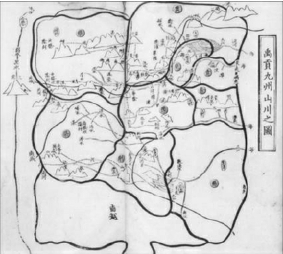
The Alternative Names of China
Chixian, Shenzhou
In the Chinese historical book Shiji: Biographies of Mencius and Xunqing, there was a man named Zouyan in the Qi State in the Warring States Period (475221BC) who said that China was Chixian Shenzhou (the sacred earth and divine land). From then on, people sometimes called China Chixian Shenzhou. But people usually used this name separately by calling China Chixian or Shenzhou.
Jiuzhou
After Dayu's fighting against the flood in the Xia Dynasty (21st17th century BC), China was divided into nine administrative divisions: Ji, Yan, Qing, Jing, Yang, Liang, Yong, Xu and Yu.
Hua
In ancient times Hua meant flowers denoting something beautiful and glorious. There are three interpretations of Hua: Firstly, ancient people in the Central Plains regarded themselves as civilized people who dressed neatly and elegantly, so they named themselves as Hua. Secondly, Hua denotes the red color. People in the Zhou Dynasty (1046256BC)liked the red color so much that they took it as the symbol of blissfulness; and so called themselves Hua. Thirdly, Hua is of a long history as the shortened form of the ancient name Huaxia of China.
Huaxia
In ancient times Xia meant big and huge. After the Xia Dynasty was established by Dayu (Yu the Great), China was frequently referred to as Xia. The Huaxia nationality living in the Central Plains and other nationalities in the north and south all gave in to the Shang Dynasty (17th11th century BC). And later on China was referred to as Huaxia since it was the largest nationality at that time.

